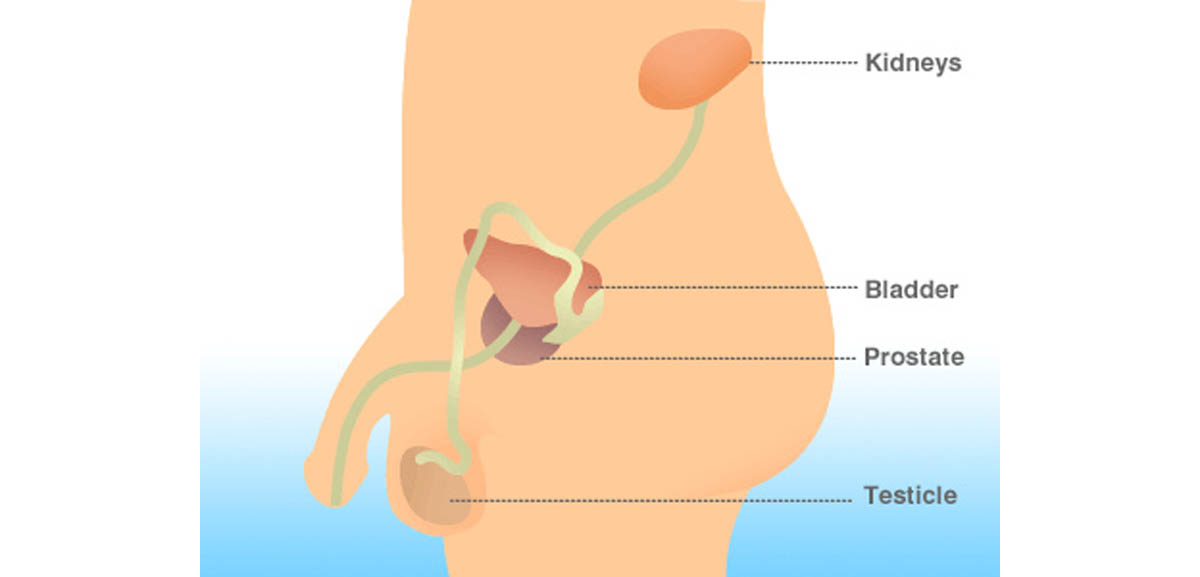Table of Contents
Many men who are diagnosed with prostate cancer opt not to get treatment. Here are some of the reasons why.
There is another approach to treating prostate cancer: Do nothing. This approach is known as watchful waiting.
Researchers at the University of California at Los Angeles Geffen Medical School's Department of Urology followed 3,000 men who were diagnosed with prostate cancer in 1994 or 1995. They examined the results of treatment, or non-treatment, over a 15-year period. "Aggressive" treatments for prostate cancer, including surgery and radiation, almost always caused major side effects, such as bowel problems, urine leakage, and erectile dysfunction. However, the survival advantage of aggressive treatment was never seen right away. It's not as if not having your prostate removed or taking radiation treatment makes a difference in whether you will die right away. The benefits of the procedures over watchful waiting generally were not evident for eight to ten years.

The watchful waiting (also known as active surveillance) alternative did not mean doing nothing after men were diagnosed with the disease. Men who chose watchful waiting received periodic prostate biopsies to monitor the progress of the disease. They also received radiation or surgery if the disease progressed. However, the risk of dying from prostate cancer, if it was detected in its early or even intermediate stages, paled in comparison to the risk of dying of congestive heart failure or diabetes. Of the men in the study in the watchful waiting group:
- Just three percent who had localized prostate cancer at the time of diagnosis died of prostate cancer over the 15 years of the study, even without treatment.
- Just seven percent who had intermediate prostate cancer at the time of diagnosis died of prostate cancer over the 15 years of the study, even without treatment.
- However, 40 percent of men aged 60 to 74 diagnosed with prostate cancer who also had congestive heart failure or diabetes died during the study, although not of cancer.
- Moreover, 60 percent of men 75 and older diagnosed with prostate cancer who also had congestive heart failure or diabetes died during the study, although not of cancer.
Men who are diagnosed with low-grade prostate cancer may want to weigh a three percent chance of death from cancer against a 90 percent chance of erectile dysfunction. They may also want to consider whether the risk of worsening cancer, which could still be treated with surgery or radiation, is worth the near-certainty of needing to wear protective undergarments such as Depends.
There is only one precaution for accepting a treatment plan of watchful waiting for prostate cancer. This treatment status still involves "active surveillance." It is still necessary to go back to the doctor for regular checkups to make sure the prostate cancer is not progressing quickly. The biopsies are unpleasant and invasive, and other medical issues may be pressing, but there is always a possibility that the cancer will progress. Prostate cancer may not need treatment for many years. As many as 72 percent of men ever diagnosed with prostate cancer will not die of the disease even if they are not treated. However, prostate cancer is not a condition a man should face on his own.
- Long-Term Functional Outcomes after Treatment for Localized Prostate Cancer. Published in the Jan. 31, 2013 issue of the New England Journal of Medicine. First author: Matthew J. Resnick, MD, Vanderbilt University, Nashville, Tenn.
- Photo courtesy of thespeakernews: www.flickr.com/photos/thespeakernews/20128311545
- Photo courtesy of enochchoi: www.flickr.com/photos/enochchoi/500976616/


Your thoughts on this